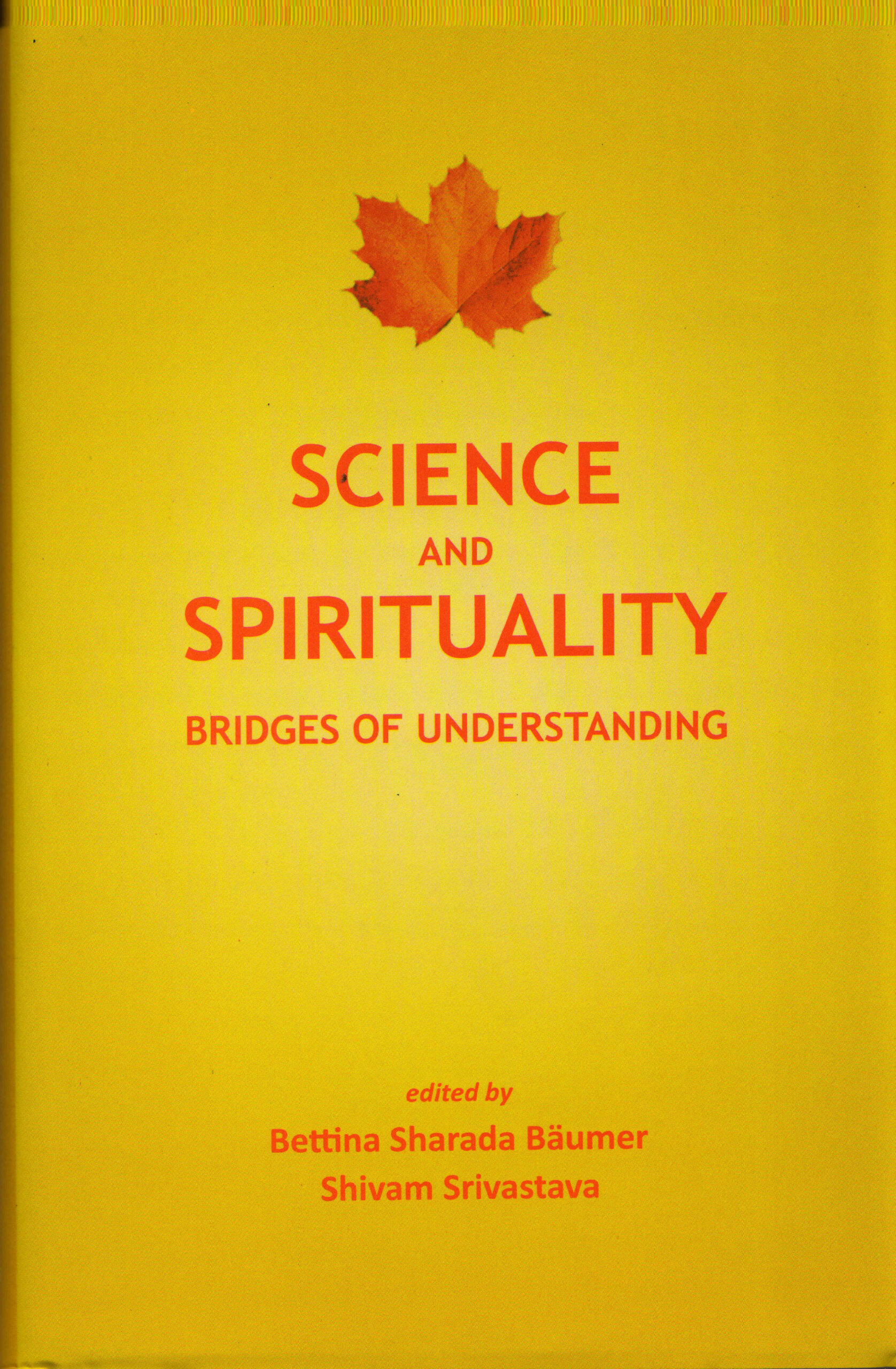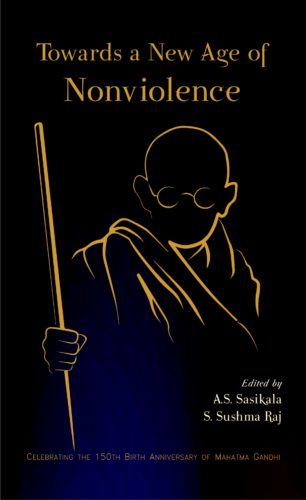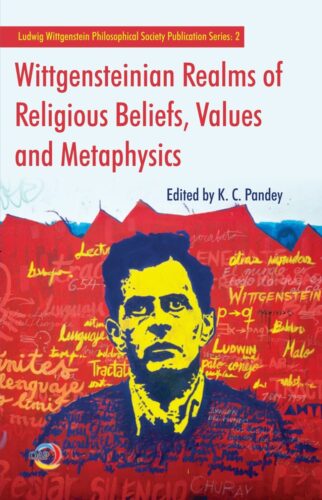

Navya Nyaya Philosop...
Navya Nyaya Philosophy of Language
$20.00
ISBN: 9788124610138
Year Of Publication: 2020
Edition: 1st Edition
Pages : x, 116p.
Bibliographic Details : Bibliography; Index
Language : English
Binding : Hardcover
Publisher: Navya Nyaya Philosophy of Language
Size: 23
Weight: 400
This book represents the philosophy of language in Navya-Nyaya, based upon an analysis of the “Verbal Suffix Chapter” (Akhyatavada) of Gangesha’s Tattvacintamani. Since this chapter elaborates what kind of verbal understanding is generated and discusses related issues, the book demonstrates the main features of that philosophy of language and serves as a good introduction to that. The analysis mainly deals with Gangesha, but in some cases it refers to Raghunatha. Since the book is an attempt to pursue philological exactness and philosophical analysis, it is hoped to interest not only Sanskrit scholars, but also philosophers in general.
The book consists of four lectures. Lecture I clarifies Gangesha’s view of the meaning of the suffixes of a finite verb, which (meaning) is greatly disputed among the Navya-Nyaya philosophers, the Mimamsa philosophers, and the Grammarians. Lecture II investigates how Gangesha determines the meaning of words and illustrates that his method bears upon ontological categories of Vaisheshika. Lecture III deals with Gangesha’s “Five Definitions of Invariable Concomitance Section” (Vyaptipancaka) and elucidates the relation between meaning and the logical structure of the definitions. The lecture also provides diagrams as a tool to represent the structure. Lecture IV explains the realistic standpoint of Navya-Nyaya by clarifying the concept of the counterpositive (pratiyogin) of absence (abhava), or a thing whose existence is negated, focusing on empty terms or non-factual expressions such as “a round triangle”, “the present King of France”, “a rabbit’s horn”, and so forth. The lecture delineates how Udayana, Gangesha, and Raghunatha observed and, as the time passed, did realism thoroughly in language analysis.
Preface
- Gangesha’s Theory of the Meaning of Verbal Suffixes (akhyata)
Introduction
Gangesha’s Final Statement
Coreferentiality (samanadhikaranya)
Tenses of Verbs
Conclusion
Bibliography
- The Navya-Nyaya Principle for Determining the Meaning of Words
Introduction
The Principle Used in the “Verbal Suffix Chapter” of the Tattvacintamani
Later Interpretation
Conclusion
Bibliography
III. Expression and Logical Structure: On the Structure of the Third and Fifth Definitions in the Vyaptipancaka Section of Gangesha’s Tattvacintamani
Introduction
Gangesha’s “Five Definitions of Invariable Concomitance Section”
Diagrams
The Third and Fifth Definitions
Conclusion
Bibliography
- The Requisites for Assuming Absence (abhava) in Navya-Nyaya: From the Viewpoint of the Counterpositive (pratiyogin)
Introduction
Udayana (c. Eleventh Century)
Material 1
Material 2
Material 3
Gangesha (c. Fourteenth Century)
Material 4
Material 5
Raghunatha (c. Sixteenth Century)
Material 6
Material 7
Conclusion
Bibliography
Index
In his latest book, Navya-Nyaya Philosophy of Language, Professor Toshihiro Wada of Nagoya University offers a synthesis of the sophisticated linguistic scheme in the Tattvacintāmani (TC), a treatise by the pioneer Navya-Naiyayika Gangesa. This book is a collection of four lectures that Wada delivered at different institutions across India in 2013. Specifically, Lecture I and Lecture II are concerned with the “verbal suffix chapter” (Akhyatavada) of the TC, which is in its fourth division, the sabdakhanda. Lecture III and Lecture IV focus on the text from the “five definitions of invariable concomitance section” (vyaptipancaka) in the anumanakhanda of the TC, its second division.
As an expert on the Navya-Nyaya system, Professor Wada’s lucidity in explicating the details and greater relevance of Navya-Nyaya theories is well-established by his previous publications; this book is no exception. It is particularly remarkable how Wada both interrogates the intricacies of Navya-Nyaya logic and makes clear the relationship between that logic and Navya-Naiyayikas’ ontological commitments to realism. It is important to remember that Navya-Naiyayikas’ sophisticated theory of logic is ultimately designed to defend their realist understanding of the world, and Wada’s book is a paragon of demonstrating this significance.
Lecture I is a discussion of Gangesa’s theory of the meaning of verbal suffixes in the Akhyatavada chapter of the TC. Gangesa’s understanding of the verbal suffixes is presented in contrast to the views of Grammarian opponents. The author argues that the disagreement between Gangesa and the Grammarians is rooted in their different understanding of the concept of coreferentiality (samanadhikaranya), as “the Grammarians hold that coreferentiality occurs when two or more words (or meaningful linguistic units) denote one and the same object/referent. Gangesa, on the other hand, maintains that coreferentiality is the agreement of the numbers denoted by words, and not the denotation of one and the same object/referent” (p. 17). Gangesa’s novel understanding of the concept of coreferentiality leads him to hold that verbal suffixes have very different meanings in different instances. A verbal suffix denotes effort (yatna) when used in the active voice with an agent, while one denotes objectness (karmatva) when in the passive voice with an agent. In the case of impersonal sentences, Gangesa seems to suggest that verbal suffixes are used in passive voice only for grammatical correctness, while suffixes denote operation (vyapara) in the active voice. Wada suggests that later commentators only discuss Gangesa’s conclusions in part because Gangesa himself does not settle a fixed meaning for all verbal suffixes.
Lecture II is concerned with Gangesa’s view on the meaning of words, expressed in the same chapter of the TC. Wada shows that one of the principles considered by Gangesa to determine the meaning of words originates from his views about “the ground for using the word” (pravrttinimitta) or “the delimitor of denotedness” (sakyatavacchedaka). Gangesa’s understanding of how to determine the meaning of words is economical in nature. According to Wada, “the view in which the ground or the delimitor is shown by an entity indicating a smaller number of categories/subcategories is simpler than the view in which the ground or the delimitor is shown by an entity indicating a larger number of categories/subcat-egories” (p. 46). However, it is unclear whether Ganges’a prefers “the ground for using the word” or “the delimitor of denotedness” as the chief guide in establishing word–meaning relations. What we do know, as Wada demonstrates, is that later Navya-Naiyayikas prefer “the delimitor of denotedness”. At the end of the chapter, the author notes that while the concept of relation is the primary concern of Navya-Naiyayikas, it should be kept in mind that their ultimate world view is still strongly rooted in the Vaisesika categories that serve as the firm basis of the world.
Lecture III considers Gangesa’s opinions on the relation between meaning and the logical structure of definition in the Vyaptipancaka section of the TC. Gangesa presents five definitions of invariable concomitance in the section, but it is unclear whether the definitions share the same logical structure or “meaning”. Specifically, the author investigates whether the third definition (“the state [possessed by a probans] of having no common locus with a mutual absence whose counterpositive is the possessor of the probandum”, p. 57) and the fifth definition (“the non-occurrence [of a proban] in what is different from the possessor of the probandum, since [any of these five states] does not exist in an unnegatable [probans], p. 57) proposed by Ganges’a are only different in terms of expression, or are essentially different in their logical structures. While the author favours the idea that Gangesa intended these two definitions to be fundamentally different, he acknowledges that it is difficult to ascertain this since Gangesa himself does not make use of the concept of logical structure.
Lecture IV considers Gangesa’s arguments on absence and counterpositive and illustrates them in a broader historical context, comparing them to those of his
predecessor Udayana and his famous successor Raghunatha Siromani. The author shows that when Gangesa discusses what kind of absences have logical validity, he is more concerned with defending the stance of realism than improving the logical coherence of the system. Wada demonstrates that the idea that a counterpositive should be real rather than a fabrication is strongly rooted in the Nyaya tradition; it is systematically expressed by Udayana and can be traced back to Uddyotakara and Vacaspati. However, Gangesa strengthens this concept with further analysis. He argues that it is not legitimate to talk about an absence the counterpositive of which entails contradictory entities, and that for a valid absence, “the delimitor of counterpositiveness must exist in the counterpositive” (p. 99). Raghunatha, however, thinks that Gangeśa’s argument is not sufficient to defend the realist stance of their school. According to Wada, “Gangesa fails to exclude an unreal absence whose counterpositive is connected through an incompatible relation” (p. 100). Throughout the chapter, Wada reminds us that the sophistication of the concept of absence in Navya-Nyaya is not purely about the interest of logic, but is deeply connected with the broader philosophical world view of the school, i.e. the realist stance that the external world objectively exists and is independent of our mind and concepts.
Wada’s lectures are distinguished by their theoretical acumen. The arguments in the Navya-Nyaya Philosophy of Language are rooted in rigorous textual analysis; the way Wada reconstructs the texts reflects not only the fact that he is a meticulous Sanskritist, but also a philosopher with a sharp mind. The technical jargon of Navya-Naiyayikas is notoriously difficult to grasp, but Wada succeeds in presenting their theories in a lucid and approachable way. The abundance of supplementary information in the footnotes also greatly helps the readers understand Navya-Nyaya philosophy in historical context. The book should be recommended to all scholars and students of Indian philosophy, regardless of their specialisations. Professor Wada’s treatment of Navya-Nyaya materials not only serves a great example for beginners in the area, but also provides many valuable insights for Navya-Nyaya researchers to ruminate.
Publisher’s Note: Springer Nature remains neutral with regard to jurisdictional claims in published maps and institutional affiliations.
French review by Hugo David (EFEO)
Published in Bulletin de I’ Ecole francaise d’Extreme-Orient
Tome 106 2020; p-512-16
(to read please click on the link below)







There are no reviews yet.